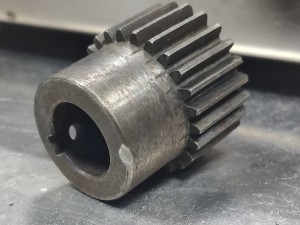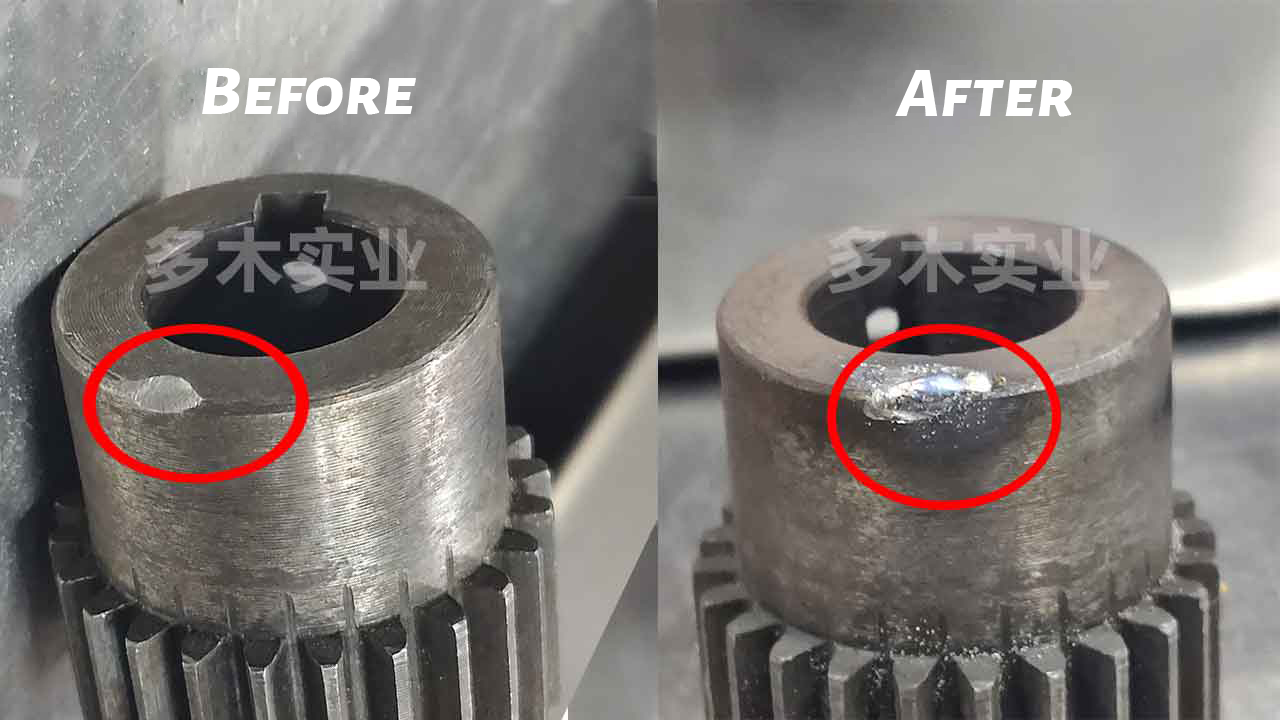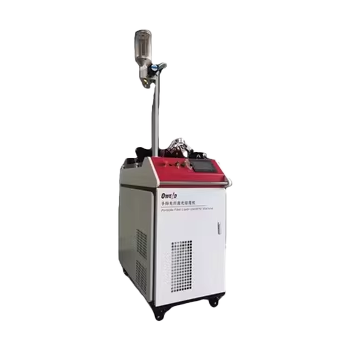Gears may suffer performance degradation or even failure during long-term use due to wear, corrosion or accidental damage. Repairing gears can extend their service life and reduce replacement costs.
Role of Gears
A gear is an important part of a mechanical transmission system used to transmit motion and power. It consists of a wheel and the teeth of the wheel, and by meshing with the teeth of another gear, it achieves rotation and force transmission.

Types of Gears
● Helical Gear
● Bevel Gear
● Worm gears
● Internal Gear
Advantages of Gear Rehabilitation

● Extended service life: Gear life can be significantly extended through reconditioning, reducing equipment downtime and maintenance costs.
● Reduce costs: Compared with gear replacement, restoration costs are lower, especially for large or customized gears, restoration has obvious economic advantages.
● Environmentally friendly and energy saving: Restoring gears reduces the consumption of resources and the generation of waste, which contributes to the protection of the environment.
Laser cladding repair

Laser cladding repair is an advanced gear repair method, in which the coating material is melted onto the gear surface by a high energy laser to form a coating with high hardness and wear resistance.
● High precision: laser cladding is controlled by computer, which can realize high-precision cladding process and ensure the uniformity and denseness of the coating.
● Material diversity: A variety of coating materials can be used, such as nickel-based, cobalt-based and iron-based alloys, to meet the needs of different working conditions.
● Environmental protection and energy saving: laser cladding has concentrated energy and small heat-affected zone, which reduces thermal damage to the gear substrate and reduces the waste of materials and emission of harmful substances.
Several common gear repair methods
1. Machining repair
Machining repair is a traditional gear repair method, applicable to gears with mild wear or deformation.
2. Electroplating repair
Electroplating repair applies to the gear surface wear is more serious but the overall structure is not damaged.
3. Thermal spray repair
Thermal spraying repair is a method of forming a layer of new material on the surface of gears through high temperature spraying technology, which is suitable for gears with large area wear or surface damage.
4. Laser cladding repair
Laser cladding repair is an advanced method of gear repair, in which the coating material is melted onto the gear surface by means of a high-energy laser to form a high hardness and wear-resistant coating.
5. Chemical repair
Chemical repair method is mainly used for gears with mild corrosion or surface defects, repairing the gear surface by chemical means.
Quality control after restoration
After the gears are repaired, strict quality control and inspection are required to ensure their performance and reliability.
● Dimension and Form Tolerance Inspection: The dimension and form tolerance of the gears are inspected by using precision gauges or CMM.
● Surface Hardness Inspection: The surface hardness of the gear is inspected by hardness tester to ensure that it meets the expected performance requirements.
● Metallographic analysis: Metallographic analysis of the repaired area to check the microstructure and bonding quality of the coating.
The repair technology of gears continues to develop, providing a reliable means of maintenance and protection for various types of industrial equipment. By choosing appropriate repair methods and strict quality control, the service life of gears can be effectively extended to ensure the normal operation of mechanical equipment.
Post time: Aug-05-2024